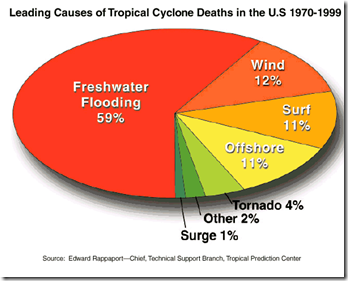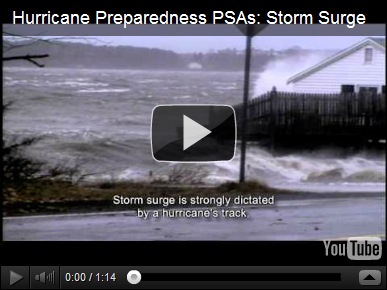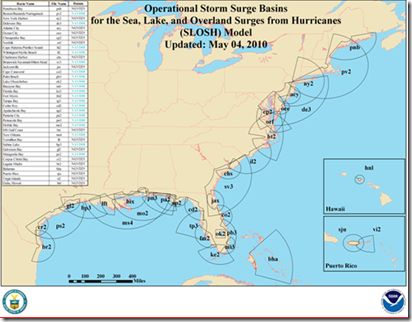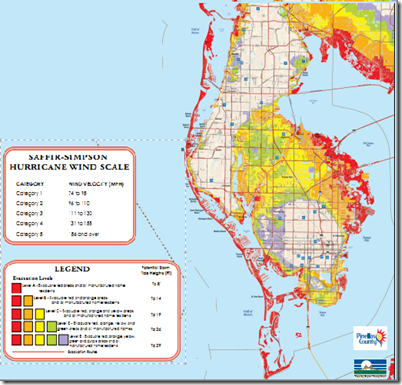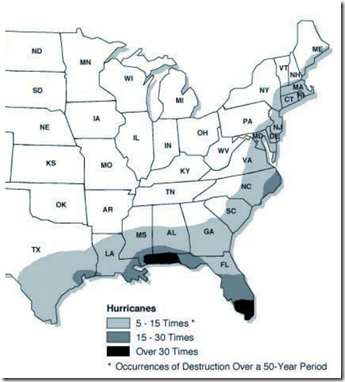
Photo Credit University of Iowa
#6349
In terms of threat levels, the CDC issues several different types of travel notices, with the lowest threat belonging to the category called `In The News’.
Essentially, this is an acknowledgement there are reports of sporadic cases of a disease in a specific country or region, but that they pose `No increased risk over baseline for travelers observing standard recommendations’.
On Friday, the CDC issued an `In The News’ travel notice on the ongoing outbreak of HFMD in Vietnam.
HFMD (Hand Foot Mouth Disease) is a relatively common, and usually mild, viral illness seen mainly in children under the age of 10 (although adults are vulnerable as well) and may be caused by several of the non-polio enteroviruses.
The 60+ non-polio enteroviruses identified to date are among the most prevalent viral infections in the world, probably only second to the myriad and ubiquitous variants of Rhinovirus (`common cold’) that circulate every year.
The most common causes of HFMD are the Coxsackie A16 virus, and the Enterovirus-71 (EV-71), and more rarely the Coxsackie A10 virus. In recent years, we’ve also seen the emergence of the Coxsackie A6 virus as a cause, first in Finland, and this past year, even in the United States (see MMWR: Coxsackievirus A6 Notes From The Field).
HFMD in the United States is most often due to the Coxsackie A16 virus, which is generally mild, rarely causes serious illness, and outbreaks of which are not uncommon in childcare facilities.
EV-71 HFMD is most commonly found in the Asia, with serious outbreaks recorded over the past dozen years in places like China, Malaysia, Hong Kong and most recently, Vietnam.
This version of the HFMD can sometimes be quite serious, with viral meningitis - and less commonly, encephalitis – complicating matters.
Two major genotypes of EV-71, EV-71 B and EV-71 C, have been identified as being responsible for a number of severe outbreaks in Australia, Japan, China, Malaysia, and Taiwan since 1997.
A couple of years ago, the Virology Journal, published an analysis of an EV-71 HFMD virus that caused a major disease outbreak in Fuyang City, China in 2008 that showed it was due to an emerging recombinant virus (see China: A Recombinant EV-71).
A reminder that viruses are always changing, evolving, looking for an evolutionary advantage.
Yesterday, the Thanh Nien Daily carried a story indicating that the number of HFMD cases in Vietnam this year is 10 times greater than last year, and that researchers are looking to see if the virus has mutated.
Cases of HFMD in Vietnam increase more than tenfold year on year
Saturday, May 26, 2012 04:20:00
The number of hand, foot and mouth disease (HFMD) cases in Vietnam is 10.2 times higher over the first five months of 2012 than it was for the same period last year.
According to the Ministry of Health’s report on Friday, 46,277 HFMD cases have been recorded across Vietnam since the beginning of this year.
Twenty-seven deaths have also been reported, 1.7 times more than last year, it said.
(Continue . . . )
With that in mind, here are some excerpts from the CDC’s Travel Notice, and some resources on HFMD from the CDC Website.
This information is current as of today, May 27, 2012 at 15:03 EDT
Released: May 25, 2012
What Is the Current Situation?
As of April 29, 2012, the Vietnam Ministry of Health has confirmed nearly 40,000 cases of hand, foot, and mouth disease (HFMD) since the beginning of 2012. Cases have occurred in 63 provinces, and 20 deaths (all in children under 5) have occurred in 10 provinces. Hai Phong in the North has the highest number of cases, followed by Bac Can, Yen Bai, Lao Cai, Hoa Binh, Da Nang, Vinh Phuc, Quang Tri, Dong Thap, and Binh Dinh Provinces in the Center and Southern Regions. The Vietnam Ministry of Health is taking steps to control the outbreak.
Large outbreaks of severe HFMD occur frequently in some countries in Asia. Thousands of people may get infected during these outbreaks. Some people, particularly young children, may have severe disease requiring hospitalization or even causing death. To learn more outbreaks occurring around the world, visit the World Health Organization ’s website.
’s website.
<SNIP>
How Can Travelers Protect Themselves?
There is currently no vaccine or medicine to prevent HFMD. However, you can protect yourself from HFMD by practicing healthy personal hygiene.
- Wash your hands often with soap and water, especially before eating and after going to the bathroom or changing a diaper. If soap and water are not available, use an alcohol-based hand cleaner with at least 60% alcohol. Consider packing alcohol-based hand cleaner in your carry-on luggage to ensure you have it when needed.
- Disinfect dirty surfaces and soiled items. If you are able, first wash the items with soap and water; then disinfect them with a solution of chlorine bleach (made by mixing 1 tablespoon of bleach with 4 cups of water) or a cleaning product that contains bleach.
- Avoid close contact such as kissing, hugging, or sharing eating utensils or cups with people who have HFMD.
There is no specific treatment for HFMD. If you do develop mouth sores:
- Take over-the-counter medications to relieve pain and fever. (Caution: Aspirin should not be given to children.)
- Use mouthwashes or sprays that numb mouth pain.
- Drink plenty of liquids to stay hydrated.
Seek medical care:
- If you are sick and unsure if you have HFMD.
- If you cannot swallow liquids to stay hydrated.
You obviously don’t have to travel to Vietnam, or other parts of Asia, to be exposed to HFMD.
For that reason, everyone should learn about the virus, and how it is spread. To that end, we’ve a couple of multimedia products related to hand, foot, and mouth disease from the CDC.
- CDC Feature: Hand, Foot, & Mouth Disease
An article that provides the basics about hand, foot, and mouth disease, who is commonly affected, symptoms, how it spreads, and ways to prevent it. - Podcast: Hand, Foot, and Mouth Disease
A CDC pediatrician and dad talks about hand, foot, and mouth disease, its symptoms, and tips to prevent your family from getting this disease.

